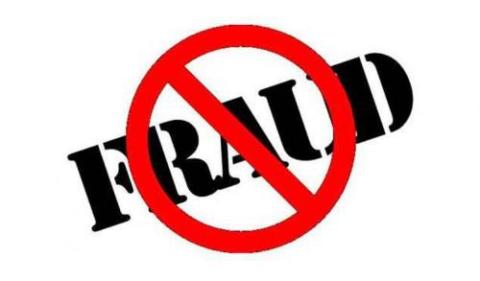
| Attachment | Size |
|---|---|
| anti_fraud_pgm.jpeg (37.97 KB) | 37.97 KB |
We read about a lot of frauds in local newspapers. Bank branches targeted, some person duping others with fraudulent schemes etc. These stories are those that are known and told. However, these instances form a very small portion of the actual occurrences. There may be many more such frauds that are currently ongoing, but which remain undetected. So, what are the tools that a company or a Bank use to identify these frauds before they grow large and bring the whole company’s reputation down. A few of such tools, techniques and processes are listed below for use by the corporates. These will help a company identify the fraudster, fraud instances and take remedial action. 1. Research shows that 70 percent of fraudsters were between the ages of 36 and 55 years old. But this does not help much. There may be instances where the fraud can be done by the younger generation too. But what this does mean is that generally the tendency to commit fraud is when the person is at his peak in term of his lifestyle. The tendency to grow wealth or meet growing monetary needs is significant. 2. Another research point is that 85 percent of perpetrators were male. This is a strong signal and should be used wisely. In other words, if the company is building controls to check on a particular behaviour, don’t subject the female segment to these checks and you instantly cut down the control costs by half. Infact, whatever you do to manage fraud, don’t impose on female population if it has incremental costs. Ofcourse, there is the risk of that very large fraud instance that can bring down the organisation. For such cases, use other monitoring tools. 3. Finally, research shows that about 36 percent of profiles the perpetrator worked for their company for 2-5 years before committing fraud. So, there is a tendency to commit fraud as the time progresses. This is in line with the expectation that frauds can be committed when one fully learns the internal control systems, management reporting etc. The fraudester has to identify the gaps before exploiting them. So, to use this point, consider rotating staff every 2-3 years, don’t bother about fraud monitoring on newly recruited staff and even consider termination a non performer who is around 3-4 years in the job. You will save on the salary cost for not delivering much as well as reduce likelihood of frauds. A sample anti-fraud program is given below. Source KPMG 
